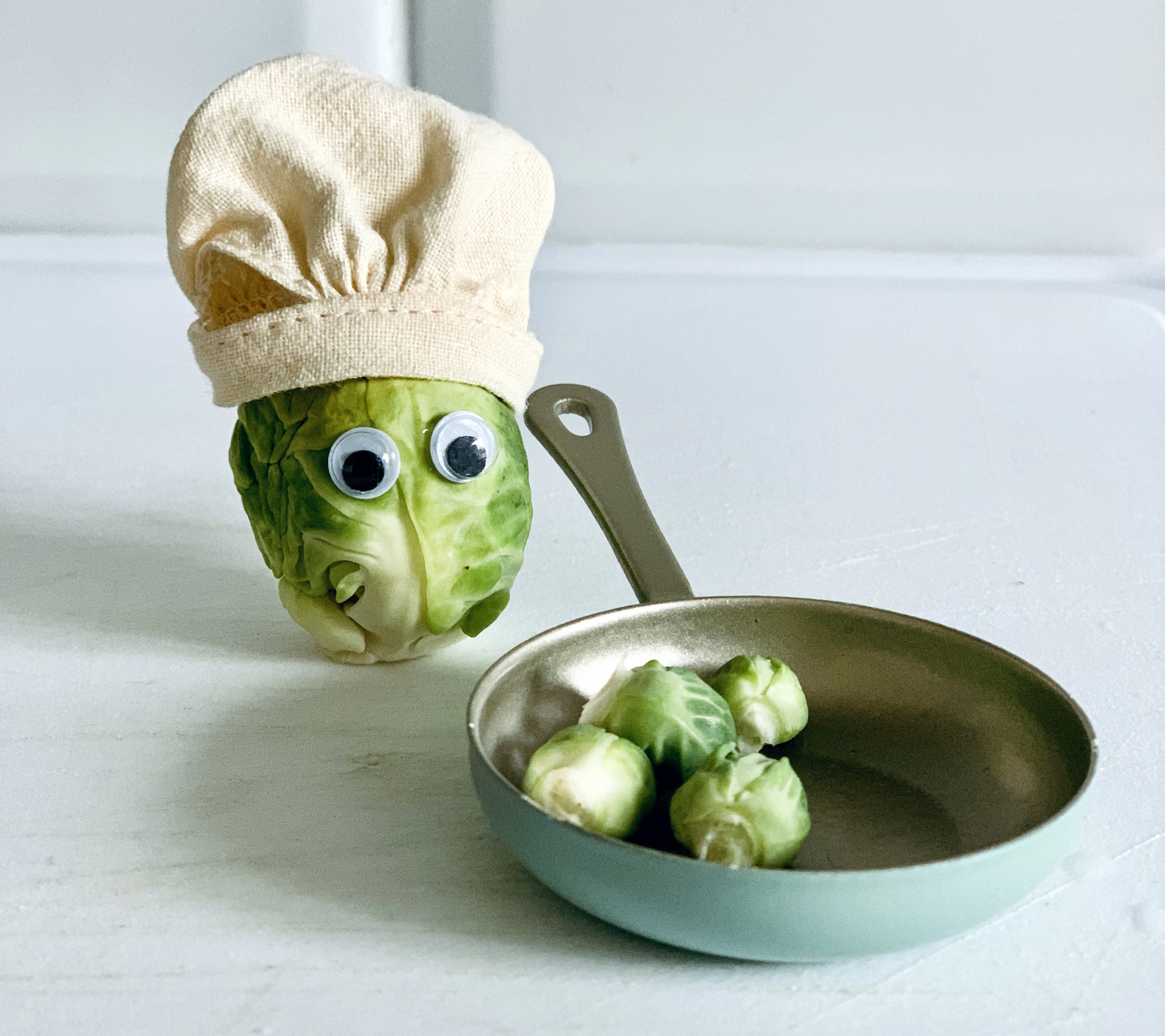What Are Brussels Sprouts?!
Why Are Brussels Sprouts Associated With Christmas?
One clear reason for Brussels sprouts being part of a Christmas dinner is the seasonality of the vegetable, which can grow at quite low temperatures. Brussels sprouts also became popular around the same time that the Victorians were inventing the traditional Christmas feast, and ‘miniature cabbages’ may have been a fun addition to the meal. However, the idea that Brussels sprouts are essential to Christmas festivities probably has a lot to do with marketing in the 20th Century. Today, the UK is one of the largest producers and consumers of Brussels sprouts. In fact, we eat so many that despite producing about as much as the Netherlands we barely export any – and a third of that consumption takes place around Christmas.
The History Of Sprouts
The ancient history of the Brussels sprout is not all too clear. Ancestors of the Brussels sprout may have been grown around the Mediterranean by the Romans, which might then have been developed into the Brussels sprout by northern Europeans in the 5th Century AD or later. The name ‘Brussels sprout’ is thought to have come from the cultivation of the vegetable in the 13th Century around Brussels, the modern capital of Belgium. However, this name only became commonly used at the end of the 18th Century which is when the vegetable itself became popular. The confusion over the name is the main reason it’s hard to know where they came from, but they’re probably a fairly recent addition to the British dinner table.
The first known recipe for Brussels sprouts, written by Eliza Acton in 1845, calls for them to be boiled in salty water and served on buttered bread with melted butter on the side.
How Should Brussels Sprouts Be Stored?
Seasonality of Brussels Sprouts
Brussels sprouts’ growing season ranges from October to March in the UK, with each variety having a slightly different season. Part of the reason they’re so popular around Christmas is that December falls right in the middle of Brussels sprouts season, and so sprouts are generally at their best during this holiday season.
How To Choose A Good Brussels Sprout
A good Brussels sprout has compact leaves and is firm to the touch. It’s not a problem if the stalk ends are slightly yellow or brown, but if they’re dark in colour they’re probably too old. Another sign of old sprouts is a stronger smell – the freshest sprouts will have little to no odour.
The size of the sprouts can affect flavour. Smaller Brussels sprouts tend to have a sweeter taste. It’s important to try to use Brussels sprouts of roughly the same size to ensure even cooking without having to trim them. Larger sprouts may need to be cut in half prior to cooking, or else you risk an overcooked outside or an undercooked core. Brussels sprouts exposed to frost while growing are sweeter, but unfortunately putting them in the freezer won’t have this effect.
There are a number of different varieties of Brussels sprout. These varieties are usually not too important when it comes to the consumer end because they’re chosen by producers to suit different climates, growing seasons and so on. The newer varieties of Brussels sprouts do generally taste better than older varieties though.
There are also purple varieties of Brussels sprouts! These were created in the 1940s by a Dutchman called C. N. Vreeken by crossing Brussels sprouts with red cabbage, so no genetic modification was involved. Most purple sprouts, sadly, lose their colour with cooking, although steaming them may help retain the purple.
How Do Brussels Sprouts Grow?
It might surprise some people to see that rather than growing on the ground, on a vine or in a bunch, Brussels sprouts actually grow on what looks like a miniature green (or purple!) palm tree. The sprouts grow in a tight cluster on a thick stalk, up to a metre tall, that is topped with large cabbage-like leaves. These leaves can also be eaten and were probably just as popular as the sprouts themselves in earlier times.
They’re well-suited to colder temperatures, tasting best when harvested after a frost. If the weather is too warm, the sprouts will open up and won’t be any good for eating.
Recipes With Sprouts
Here’s some delicious recipe inspiration for your menus using sprouts.
Black Garlic Gnocchi With Roasted Sprouts
Just Sprouts!
Roasted pheasant breast, confit leg, creamed sprouts and chestnuts, pheasant and port jus with blackberries
Join Our Mailing List
By signing up to Oliver Kay e-mails, you confirm that you’re aware your personal data will be used in line with our Terms and Conditions and our Privacy Policy.


